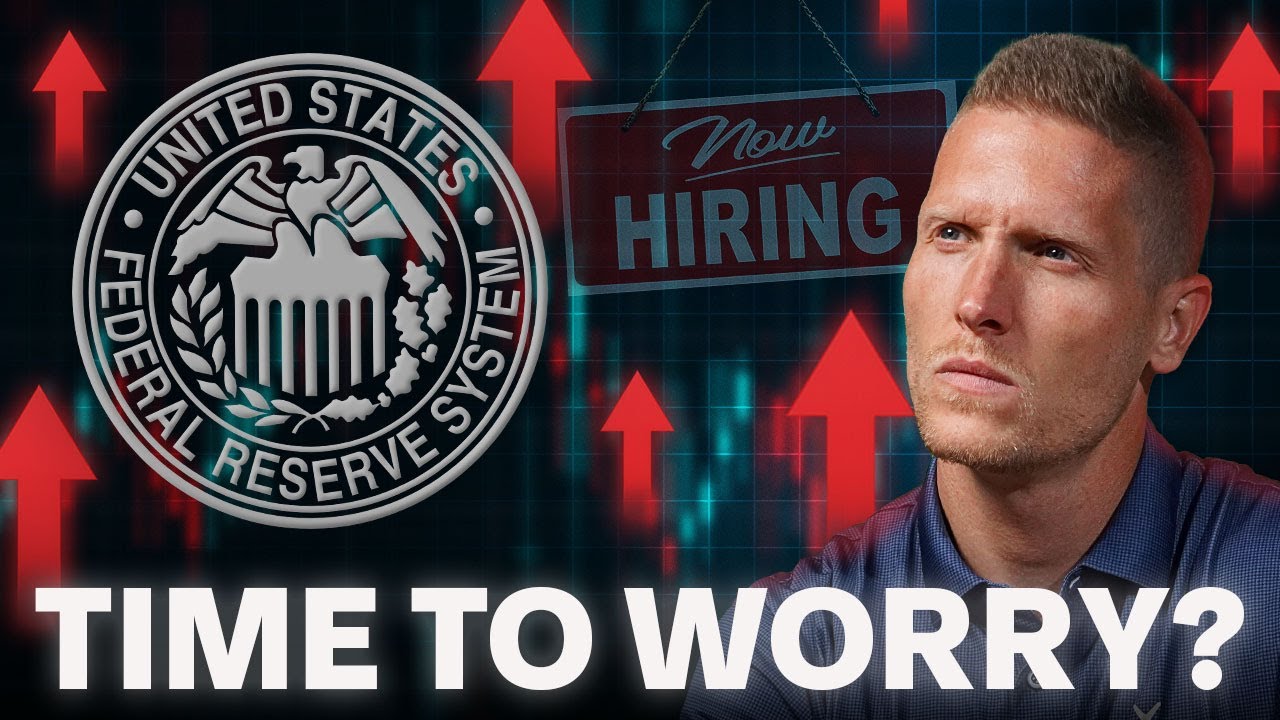Okay, um, we have a really good question to kick us off by Bizar O'Brien, one of our buddies. We haven't heard from him in a while, so we're going to kick it off with his question. It's about one of our tried and true concepts, so I'm interested to hear what you guys have to say. He says, "This is a nerd question. How was the 20 to 25% savings and invest rate figured out or determined for the financial order of operations when incomes vary so widely? How much better off will someone be if they follow the
Financial Order of Operations and that 20 to 25% as opposed to Ramsey and saving 15% or something like that? So how did you come up with 20 to 25%?"
Can I jump in first? Because I want to talk about the difference of what's happened historically. But then, I'm hoping the team is that one of the things we can pull up on the screen, the what 25% can do for you. We did a great post about this on Instagram, Community tab, all that stuff. So, I want to tell you because, look, I'm the older guy sitting here, and I will tell you when I first graduated college, the first book that really inspired me was "The Wealthy Barber." That book talks about the power of saving and investing 10%. Realize that book came out in the mid-'90s. And then you fast forward, and about the same time, because realize, I think it's so interesting that "The Wealthy Barber," "The Millionaire Next Door," and then "Total Money Makeover," Dave Ramsey's book, all came out about the same time in the mid-'90s. So that was kind of a revolution for personal finance in books. That's why I pray when my book comes out next year that it will be the start of some tremendous things that start a revolution just like those books did. Dave, in the mid-'90s, I think it was '95 when "Total Money Makeover" came out, was 15%. So if you think about it in terms of like "Wealthy Barber" 10%, Dave was 15, now he was kind of pushing the envelope. But realize what has changed. We've done so many shows showing how pensions were something that was part of just a standard back in the day, you know, '80s and even the '90s. A lot of people knew that their retirement was going to be subsidized partially by the employer through pensions. Do those things happen unless you're still working for the government? Not usually. That's not also Social Security. Social Security, I think the social safety net of that and how likely it is going to be for those under 50 is in question. So those things stacked on top of each other really pushed us to think, "Man, we've got to go further." And I hate to say it, but I've got to push more onto the individual to save for themselves. Now, I wish I could tell you 10% would be enough, but then what's cool about us is that we not only do we eat our own cooking, but we also show you the numbers. We're really big on it. So we actually did a little research, and we have a grid that shows you by age what happens when you save and invest 20. Look at you guys. You all are brilliant. You're able to put it up on the screen. But you can go to money.com resources, and you can download this. But look at this, and this shows you the value of saving 25%. It really does. When you come... When you ask the question, how did you guys come up with the 20 to 25%, it's really mathematical. We basically said, at that savings rate, making some assumptions around rate of return and around wage growth, although wage growth, because of the mathematics, doesn't actually matter all that much. We discerned, "Okay, if I save this percentage, what will I be able to replace in terms of my pre-retirement income?" Well, most folks, they think, "Okay, I want to replace somewhere between 60 to 80% of my pre-retirement income." And the reason is, you get to control your tax situation a little bit better when you retire. You're not actually saving for the future anymore, so your savings rate can come out of that. So you don't have to save 100%. Well, what we found is, across the largest swath of people, where most people start saving, where most people start taking finance seriously, if you can start saving 25% at that age, there's a really good chance that you're going to have a lot of options later in life for financial independence. And the earlier you start saving, the 25%, the earlier you're going to have the option. So we recognize if you're someone who's listening to this, and you're 21, 22, 23 years old, you might not be able to start at 25%. And that's okay. If you start at 5%, great. How can you make 6% next year? If you start at 10%, great. How can you get to 15% with your next bonus so that you're constantly moving to that 25%? But then here's the magic sauce. Once you hit that 25% savings rate, that 25% savings rate, assuming that you've been saving all along the way, you can kind of... You can exhale. You can say, "You know what? It's okay for me to be able to do other things with my money. Do I want to be able to drive a nicer car? Okay. Do I want to be able to get into real estate? Okay. Do I want to be able to start saving for my kids' college? Do I want to pay down my mortgage?" Do I want to fill in the blank? If you can hit that 25% savings rate, no matter what age you're at, assuming that you're not starting super, super late in life, then there's a really good chance you're going to be able to build up a pot of money that's going to be able to provide for the remainder of your life when you do leave the workforce. So the answer, Bizar, to how we came up with it, it was based on how history is changing. That's the part that Brian said, and then mathematical reality in terms of how the numbers work if you save through time. The earlier you start, the more likely it is your money's going to work harder than you can with your back, your hands, and your brain. Love it. For more information, check out our
free resources.













